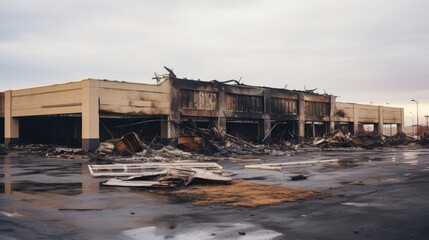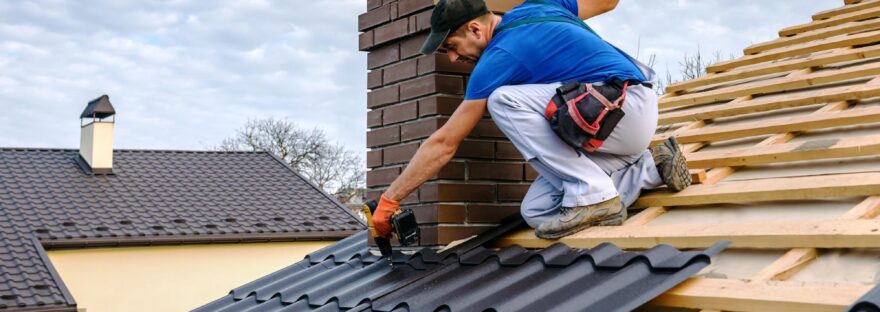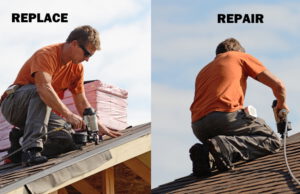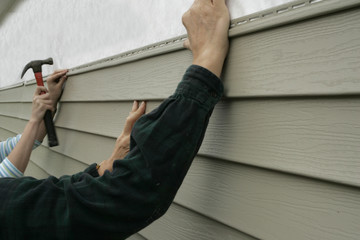Fire damage restoration includes assessing, cleaning, and repairing the property after a fire. Restoration Companies Los Angeles address water damage caused by firefighting efforts and removing odors.
Water damage is typical after a fire, and restoration professionals must dry the property to prevent further damage. They will also clean surfaces and items using specialized equipment to remove smoke odors.
After a fire, several steps must be taken to restore the home or building. The process starts with a thorough inspection by a trained professional. This inspection will be used to create a plan for the work that needs to be done to restore the property. This assessment will include identifying all areas that have been affected by the fire. It will also include an analysis of the condition of the structure and any contents. This assessment will help the restoration company determine what can be repaired and what needs to be replaced.
Once the inspection has been completed, the team will begin cleaning the property. This will include removing all signs of smoke damage. This includes removing soot from floors and walls, cleaning carpets, and sanitizing any surfaces that may have been affected by the smoke. The team will also clear out any leftover water from putting out the fire. This will help prevent any further damage to the property.
If any structural components of the property were affected by the fire, a structural engineer will come in and inspect them for integrity. This will ensure that the structure is safe for re-entry and that it can support any loads it was originally designed to carry.
Another common problem that occurs after a fire is the discoloration of porous materials in the home. This can include wood floors, plastics, and certain types of marble. These issues can usually be repaired during the restoration process.
Finally, the team will remove any unsalvageable items from the property. This can include anything from furniture to electronics to building materials. This will be based on the assessment conducted by the restoration company.
When assessing fire damage, it is important to keep in mind that this type of disaster can be very emotional for families and businesses alike. Families can lose their most prized possessions and businesses may be unable to trade as normal. That’s why it is so important to get in touch with a restoration company as soon as possible. They will be able to help you navigate the process and get your life back on track quickly.
When a fire breaks out in your home, you’re faced with the potential for severe damage. Besides the smoke and soot that can discolor and devalue your possessions, there’s also water used to extinguish the flames, as well as corrosive chemicals from burned plastics, wood, metals, and other building materials.
A fire restoration company has the specialized equipment, cleaning products, and knowledge to tackle these hazardous byproducts safely and efficiently. They’ll use filters, alkaline cleaners, and other specialty tools to remove acidic ash residue, which can discolor counters, floors, walls, ceilings, and more. The odor of lingering smoke can also be a serious health hazard, so it’s important to remove it promptly.
Typically, this is the first step of fire damage restoration. Professionals will work to secure the site, which may include fencing off the property and boarding up windows. They’ll also use tarps or other barriers to protect non-impacted areas from moisture and contaminants.
After securing the property, technicians will sort through your belongings to see what can be salvaged. If the soot and odor can be removed, items like furniture and draperies may be cleaned or even restored to their original condition. Likewise, personal documents that have been saved in a fireproof box can be restored.
If items can’t be salvaged, they will be carefully disposed of in accordance with local laws. Technicians will then focus on addressing any structural concerns caused by the fire. They may replace joists or beams, or they might repair roofs and walls that were damaged by heat.
This is a time-consuming process that involves numerous steps. It can be very stressful, but remember to take it one decision and day at a time. The more you concentrate, the faster your property will return to its pre-fire condition. Then, you’ll be able to enjoy your home again. If you have pets, consider relocating them during this time. This will be much safer for them than leaving them in a house full of debris and dangerous chemicals. If possible, keep them in a friend’s or family member’s home until the restoration is complete.
Every 90 seconds, a home in the catches fire. While most of these aren’t full-scale blazes that burn the house down, they still cause significant damage from heat and smoke. After ensuring the safety of family members, the priority is often on restoring the property and getting it back to normal. This process isn’t always easy, and it can be difficult to know what steps to take.
The first step is an assessment of the damage, which can be done by professional technicians once it’s safe to enter the property. They will use inspection checklists to note all types of damage and determine what can be saved. The team may also need to test rooms for smoke and soot damage, which can be done using specialized equipment.
Once the property is assessed, clean-up can begin. This includes removing soot from walls and other surfaces with a variety of cleaning methods, including wet cleaning, dry cleaning, abrasive cleaning, and immersion. It also involves removing and washing fabrics, shampooing carpets, and sanitizing contents. This process usually takes several days, and it’s crucial to have a professional team working on the site.
After cleanup, deodorization can be done to remove any lingering odors caused by the fire. This can be done with specialized equipment or with air scrubbers that emit negative ions into the air. In addition to eliminating odors, deodorization can also help prevent the formation of mold in damp areas.
Smoke can discolor porous materials such as plastics and certain types of stone, so it’s important to have these materials restored. If the material is too damaged, it may need to be replaced completely. In addition, charred wood is at risk of becoming unstable and will need to be repaired.
Another issue is water damage, which is often caused by firefighting efforts and the subsequent flooding to extinguish the flames. Restoration professionals can extract any standing water, and they will use drying systems to ensure all wet areas are fully dried to avoid mold growth. They can also sanitize and deodorize contents, as well as clean ductwork if necessary.
Fire damage is one of the most devastating events a family or business can experience. Families lose their prized possessions and the roof over their heads, while businesses are forced to close up shop until they can resume trading. The trauma and loss of property can leave people emotionally drained and financially strained. Fortunately, prompt fire restoration and reconstruction can minimize the effects of fire damage and help families, businesses, and properties return to normal.
Once the fire department has deemed a building safe to enter, the restoration professionals begin their work. They start by conducting a thorough assessment of the damage to determine how far the flames and smoke have penetrated into the structure and to assess the extent of the clean up needed. They also evaluate the contents of a home or business to decide what can be saved and what needs to be discarded.
The next step in the fire restoration process is to clean up all surfaces that have been exposed to the flames and smoke. This is one of the most time-consuming parts of fire restoration, and it involves removing all soot from walls, floors, ceilings, and other surfaces. The cleaning process also includes sanitizing and deodorizing all surfaces. The team will use specialized equipment to ensure that all contaminants, including ash and smoke odors, have been removed from the property.
As part of the fire restoration process, the team will board up windows and doors that have been damaged by the flames or the water used to extinguish the fire. This will protect the property from intruders and make it safe to continue the clean-up and reconstruction process.
After the fire has been cleaned up and the property has been sanitized, the restoration team will rebuild or reconstruct any areas that have been affected by the flames, smoke, and water. This can include replacing or repairing drywall, refinishing hardwood floors, and painting or repainting the entire property. It is important that the restoration team works with building and construction experts to ensure that all repairs meet proper building standards.










 Sterling silver
Sterling silver After performing the inspection, the inspector will formulate a plan of action. This may include setting traps around problematic areas or bringing in more advanced termite control. The inspector may also take a break in their vehicle to gather their thoughts and come up with the best next steps for getting rid of the pest infestation. However, the requirements for pest inspection vary from state to state. To learn more about the inspection process, read on. Once you’ve read this article, you can prepare for your inspection.
After performing the inspection, the inspector will formulate a plan of action. This may include setting traps around problematic areas or bringing in more advanced termite control. The inspector may also take a break in their vehicle to gather their thoughts and come up with the best next steps for getting rid of the pest infestation. However, the requirements for pest inspection vary from state to state. To learn more about the inspection process, read on. Once you’ve read this article, you can prepare for your inspection.

 Small leaks can soon become big problems. They can rot framing, destroy insulation, and even damage ceilings. In one case, a homeowner’s ceilings were stained for two years before a flashing leak caused an extensive repair bill. Had the leak been fixed right away, the homeowner could have avoided the costly repairs. But it’s better to be safe than sorry. A roof repair expert can help you fix a leaky roof before it becomes a costly problem.
Small leaks can soon become big problems. They can rot framing, destroy insulation, and even damage ceilings. In one case, a homeowner’s ceilings were stained for two years before a flashing leak caused an extensive repair bill. Had the leak been fixed right away, the homeowner could have avoided the costly repairs. But it’s better to be safe than sorry. A roof repair expert can help you fix a leaky roof before it becomes a costly problem.


